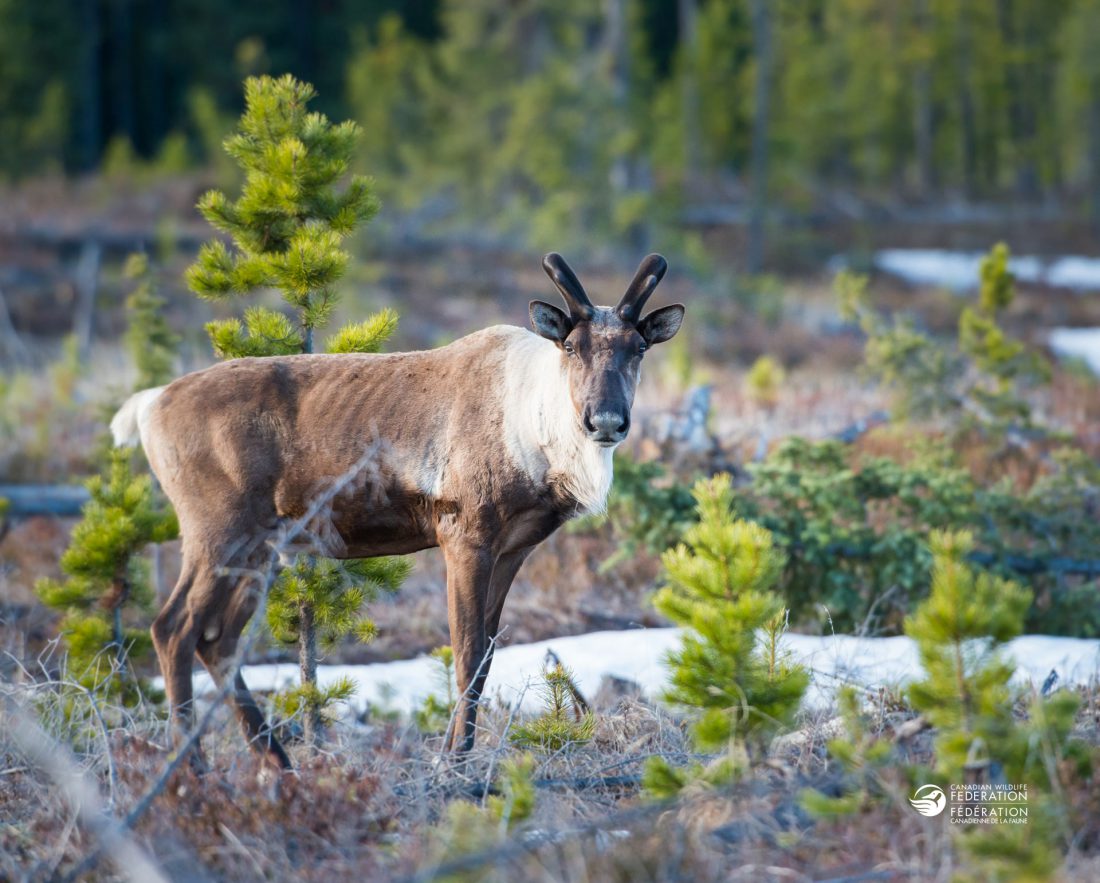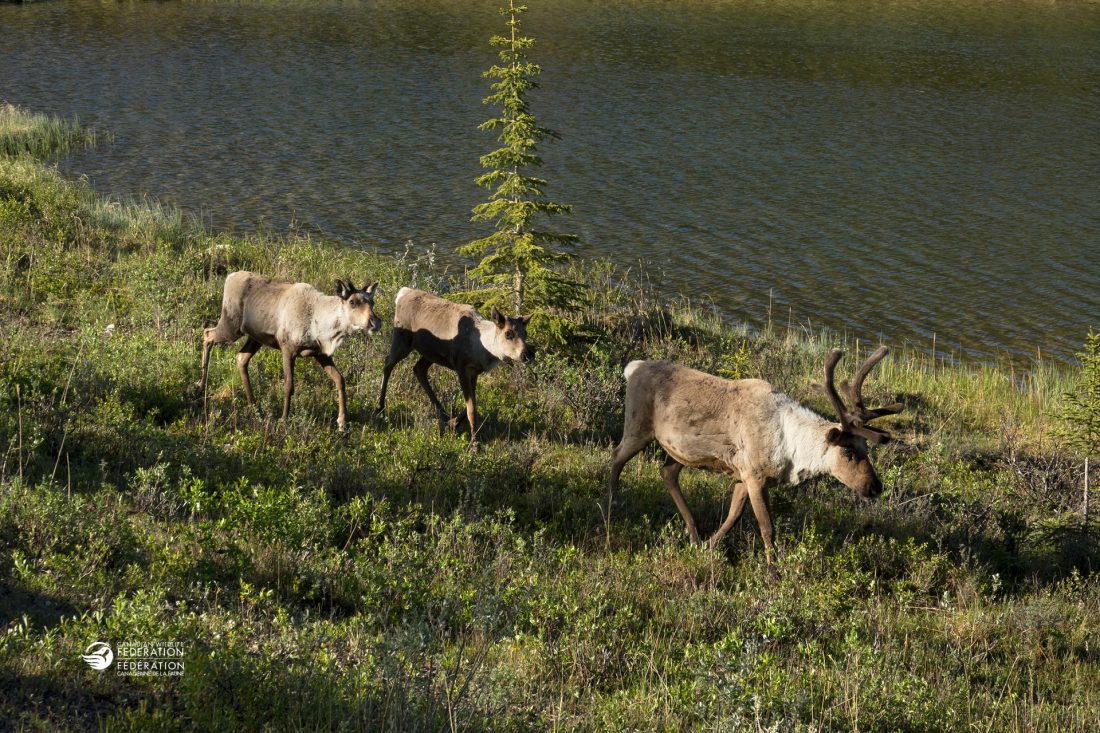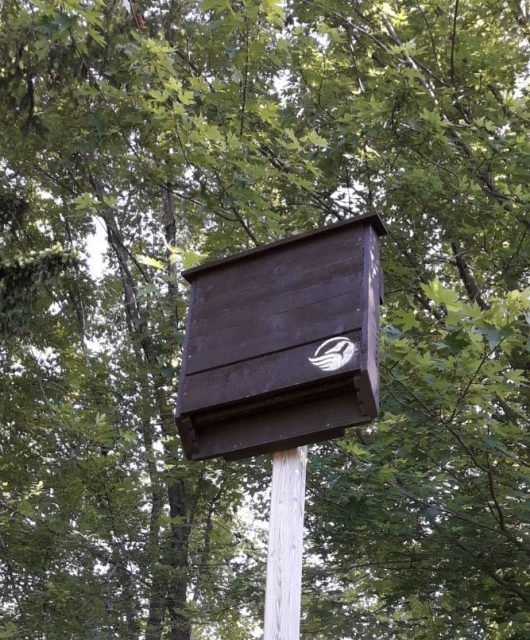What’s being done to conserve this iconic and threatened species?
Boreal caribou are named after the habitat they call home – the boreal forest. These majestic animals are a population of Woodland Caribou that live year-round in the expanse of boreal forest stretching across Canada from British Columbia to Labrador. Caribou are a unique member of the deer family because both males and females grow antlers. They are also an essential part of our ecosystems and an iconic Canadian species – just take a look at our quarters!
However, forest disturbance from industrial development is threatening the habitat that sustains boreal caribou, leading to population decline across most of the country. To date, 37 of 51 boreal caribou herds in Canada are considered not self-sustaining populations, which means 73 per cent of our herds need immediate help. Without transformational change to forestry management across Canada, the situation for boreal caribou will remain dire.
Boreal caribou are listed as Threatened under Canada’s Species at Risk Act – but is enough being done to change this status?
What is Canada doing to help boreal caribou?

Environment and Climate Change Canada published a Recovery Strategy in 2012, followed by a federal Action Plan in 2018, with the goal of protecting critical habitat for boreal caribou and stopping population decline. Progress reports from late 2018 and mid-2019 highlight positive conservation efforts by governments, Indigenous Peoples, stakeholders and non-governmental organizations, including a range of new programs, initiatives and regulations. However, we have yet to see measurable conservation success at the population level, emphasizing the pressing need for more tangible, impactful action.
What are the next steps in boreal caribou conservation?
The federal Action Plan has been followed by – well, more action planning. Nine provinces and territories are responsible for the recovery of boreal caribou, including British Columbia, Alberta, Saskatchewan, Manitoba, Ontario, Québec, Newfoundland and Labrador, the Northwest Territories and Yukon. Each of these provincial and territorial governments must draft a conservation agreement outlining concrete steps they’ll take to conserve boreal caribou herds and habitat in their region. To date, several conservation agreements are published online, while many negotiations are still ongoing.

A strong plan is important, but boreal caribou were listed by the Species at Risk Act back in 2003 – that’s sixteen years ago. While governments continue to perfect recovery and action plans, herds of boreal caribou are declining across Canada. We must move from planning to action to recover boreal caribou in time. New standards from the Canadian division of the Forest Stewardship Council hold some hope that forest companies will voluntarily set aside large landscapes to help conserve boreal caribou. However, much more needs to be done – and soon – to conserve boreal caribou and the habitat that sustains and defines them.





4 comments
the various provinces and territories need to unilaterally declare the boreal forests off limits in contiguous tracts of lands that will serve the caribou population best interests to allow them to migrate and reproduce. All hunting of caribou needs to cease and desist until such time as the herds start to expand again. Once recovered if hunting is to resume for those people that need to hunt for food. Wildlife services needs to be very careful about how many cow tags they sell. Preserve the female population for reproduction. Preserve the males too, of course, but one male can service several females so ultimately they will advance the size of the herds faster if there are more females to male ratio.
I do agree with Sandra’s statements to preserve the caribou, especially the females. We don’t have caribou nearby to hunt where we reside. My husband is aboriginal and he only hunts when hunting seasons begins for deer and moose. He never kills females because he calls them the life givers.
I would like to restrict the access of off-road vehicles in the breeding grounds of the caribou at all times not just during breeding time so the animals feel safe.
Part of the reason that provincial governments have been slow to act is that the SARA is an idealistic concept which does not address the situation where government contracts would be broken and people’s livelihood destroyed for only a slight chance of success in recovering caribou.
In order to achieve a goal of conserved caribou provincial governments must be allowed to focus recovery on those local populations with most likelihood of success and least socioeconomic impact.
Downloading the impossible to the provinces will lead to further delay with exterpation the result and the excuse for failure.
Perhaps the federal government should take their recommended actions to recover the populations in the national parks which are in the worst state of all in spite of being isolated from the habitat loss claimed to be the cause of other population declines.
It is a sad reality that the woodland caribou are in decline. A careful analysis of 40 years of study reads like the proverbial blind mans description of an elephant.
It may we’ll be that pet theories of habitat loss and synergy of competitive prey are all partly right in some cases and perhaps not in others. Caribou have historically had significant swings in population which are not well understood.
A more focused dedication of limited resources is more likely to lead to prevent exterpation where too broad an approach in this advanced state of decline will likely be too little to late for all remaining woodland caribou